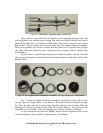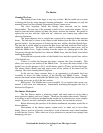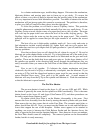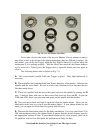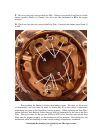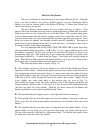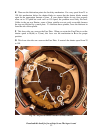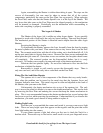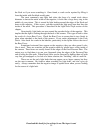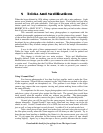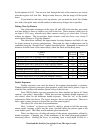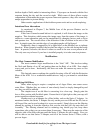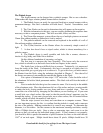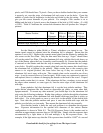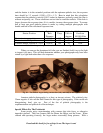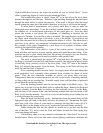Download this book for free at http://www.TheArgusA.com/
55
the Neck as if you were scratching it. Once found, a crack can be repaired by filling it
from the inside with flat black model paint.
The most commonly seen light leak takes the form of a round circle whose
diameter is almost the entire width of the negative; it looks like a large fuzzy ring in the
middle of your picture. This is caused by light leaking around the edges of the Neck and
down to the negative. If this occurs, you must replace the light proof tape that lines the
inside of the neck. This procedure is described in the Light-Proof Tape section of this
chapter.
Occasionally, light leaks are seen around the sprocket holes of the negative. This
implies that the light is leaking through the back of the camera. This type of leak is often
the result of a loose Rear Cover. Check the Rear Cover to ensure that it stays firmly in
place when attached to the back of the camera. If not, make adjustments to the Lock
Catch. Also check for cracks in the bakelite, particularly in the lip the follows the rim of
the Rear Cover.
Sometimes horizontal lines appear on the negatives; they are often green if color
film is used. These are scratches on the negative made by plastic burrs on the inside of
the camera. These burrs are usually found on the edges of the fixed Pressure Plate. The
easiest way to find them is to run your fingernail along the edges of the Pressure Plate
and all along the film path. When found, burrs can be removed by buffing them off with
very fine grit sandpaper or, for lack of a better solution, the “finishing” side of a nail file.
These are not the only light leaks that can appear on an Argus camera, but they
are the most common. Be creative when searching for light leaks, and don’t give up
easily. Always remember that the negative image is upside down when you are looking
for the source of a light leak.



